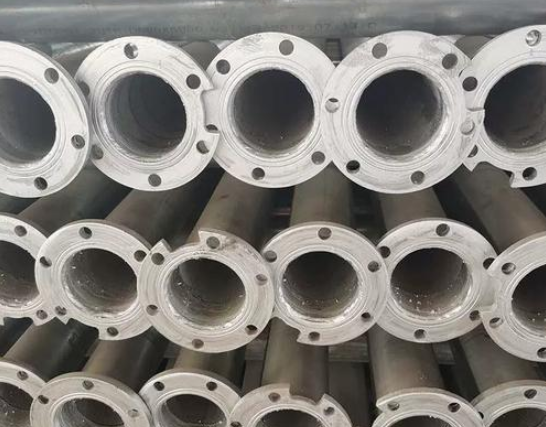Pipeline design of stainless steel submersible pump
The pipeline design of stainless steel submersible pumps is a key link to ensure the normal operation and efficient work of the pump. The following are some key points of stainless steel submersible pump pipeline design:
1. Pipe material selection
Stainless steel material: Since stainless steel has excellent corrosion resistance and wear resistance, stainless steel materials such as 304 stainless steel or 316L stainless steel should be given priority when designing submersible pump pipelines. These materials can resist the erosion of various chemicals in the water and extend the service life of the pipeline.
2. Pipe diameter and connection method
Pipe diameter selection: The selection of pipeline diameter should be determined according to the flow rate and head of the submersible pump to ensure smooth water flow. Generally, the pipe diameter should be slightly larger than or equal to the outlet diameter of the submersible pump to reduce water flow resistance.
Connection method: The pipeline connection methods of stainless steel submersible pumps mainly include flange connection, threaded connection and welding. When choosing the connection method, the sealing, strength and ease of maintenance of the connection should be considered. Flange connection and welding connection have good sealing and strength, but threaded connection is also adopted for its simplicity in specific occasions.
3. Pipeline layout and support
Reasonable layout: The pipeline layout should be reasonable, avoiding sharp bends and long straight sections to reduce water flow resistance and pressure loss. At the same time, it should be ensured that the pipeline has sufficient support to prevent pipeline rupture or leakage caused by vibration or water hammer.
Fixed bracket: Fixed brackets are set on the pipeline to maintain the stability of the pipeline and prevent displacement. The spacing and position of the brackets should be determined according to factors such as the material, diameter and length of the pipeline.
4. Drainage and leak prevention
Drainage design: Drain valves or sewage outlets are set at the low points of the pipeline to discharge accumulated water and dirt in the pipeline when necessary. This helps to keep the pipeline clean and unobstructed.
Leakage prevention measures: Take leak prevention measures at the joints and possible leaking parts of the pipeline, such as using sealing pads, applying sealants, etc. At the same time, the sealing of the pipeline should be checked regularly to detect and deal with leakage problems in a timely manner.
5. Special design considerations
Corrosion-resistant design: For stainless steel submersible pump pipelines that transport corrosive media, the corrosion-resistant design should be further strengthened, such as selecting stainless steel materials with higher corrosion resistance and adding anti-corrosion coatings.
Pressure-resistant design: For high-lift or high-pressure submersible pump pipelines, pressure-resistant design should be carried out to ensure that the pipeline can withstand the working pressure without rupture or leakage.





